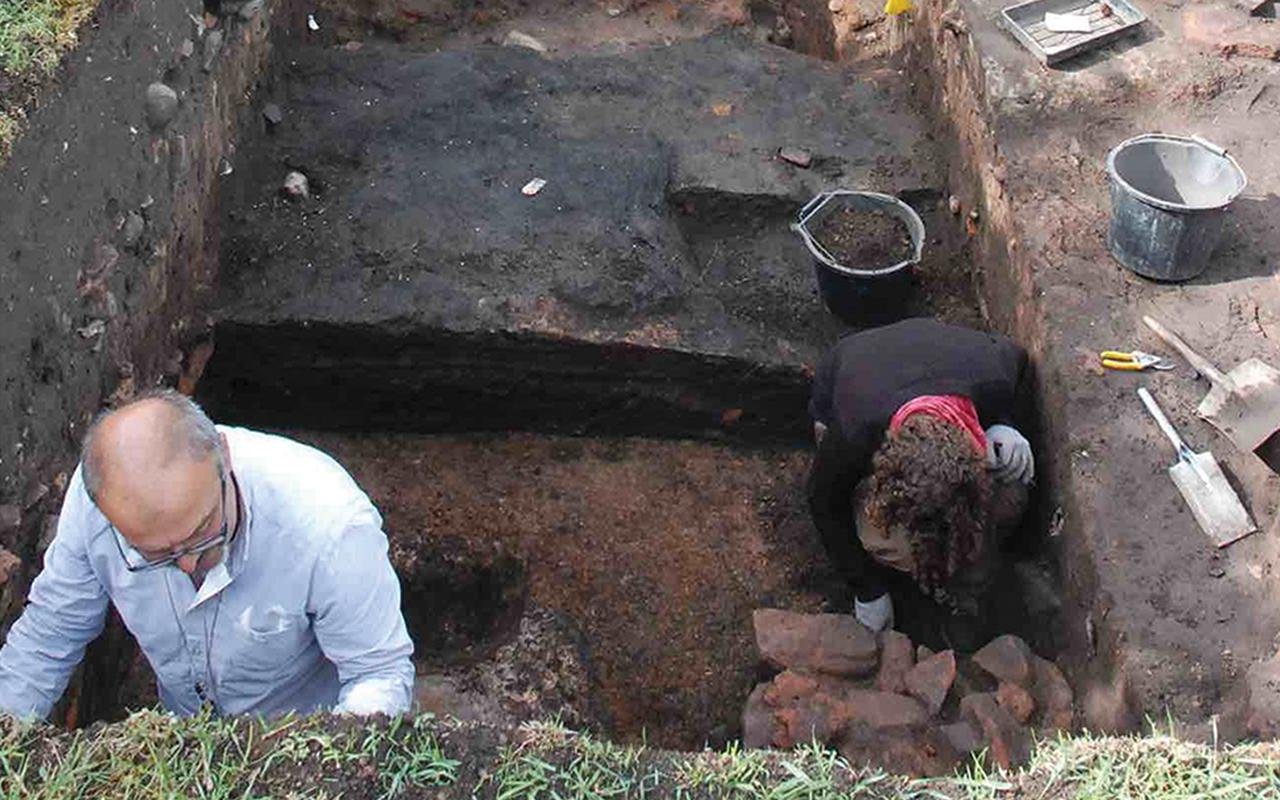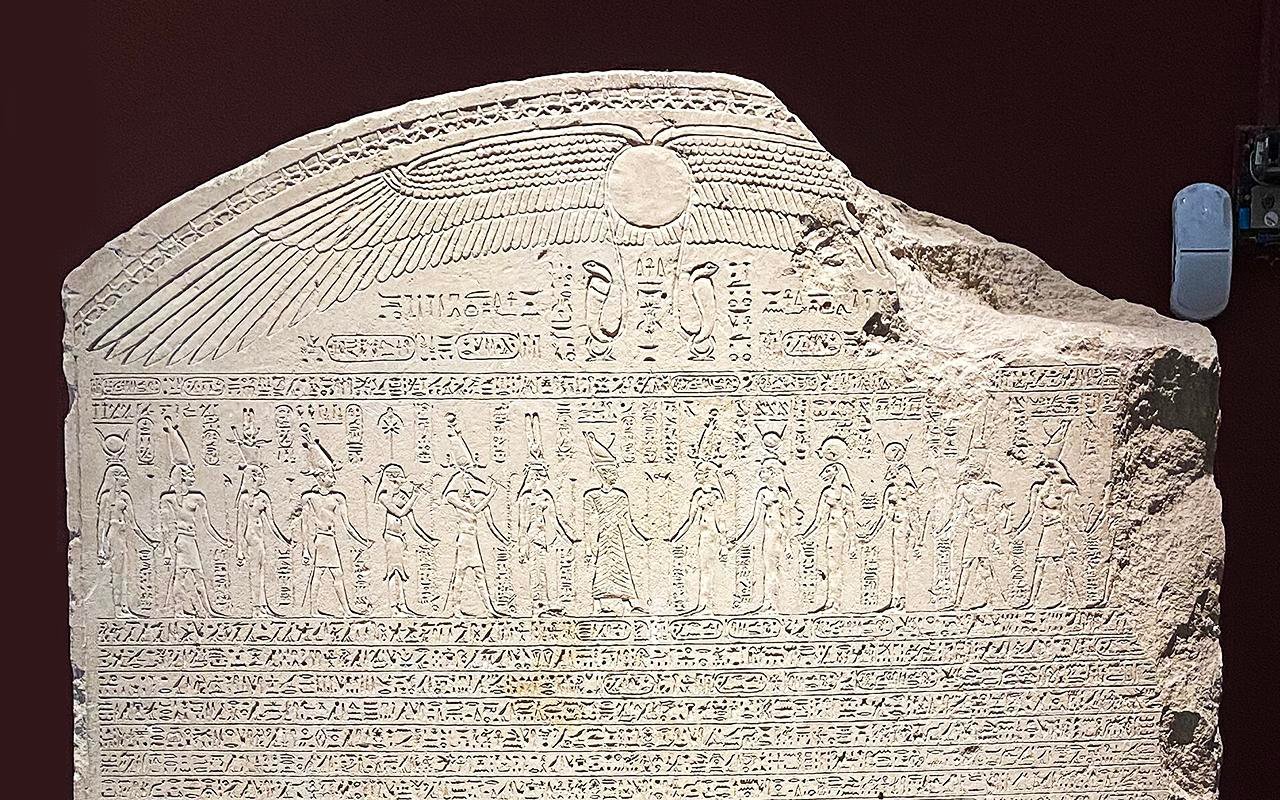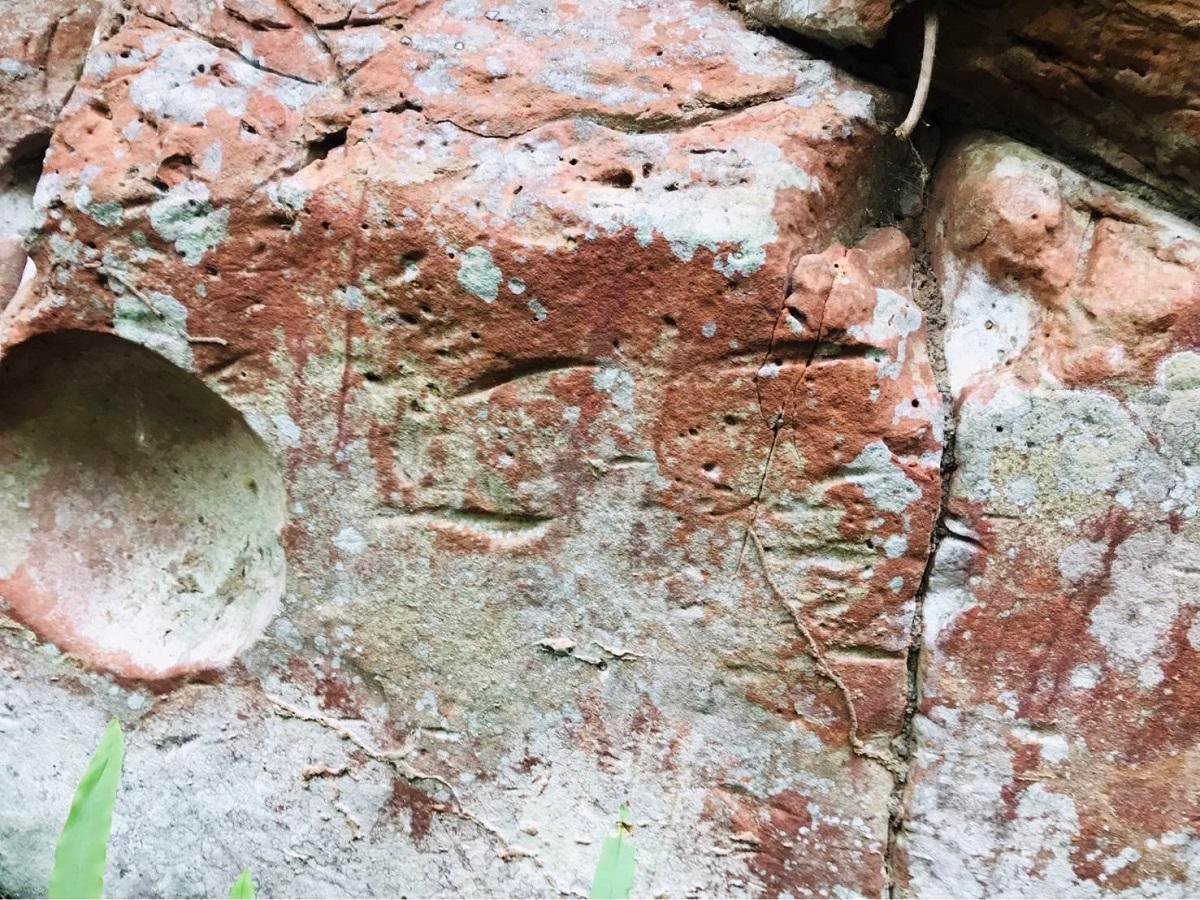Archaeologists at Gordion, near modern-day Ankara in Turkey, have uncovered a remarkably well-preserved wooden burial chamber, which they believe may be that of a Phrygian royal family member, possibly a relative of King Midas. They are calling it Tumulus 26 (T26), and it dates back to the 8th century BCE. This is the most important find in the area in decades.
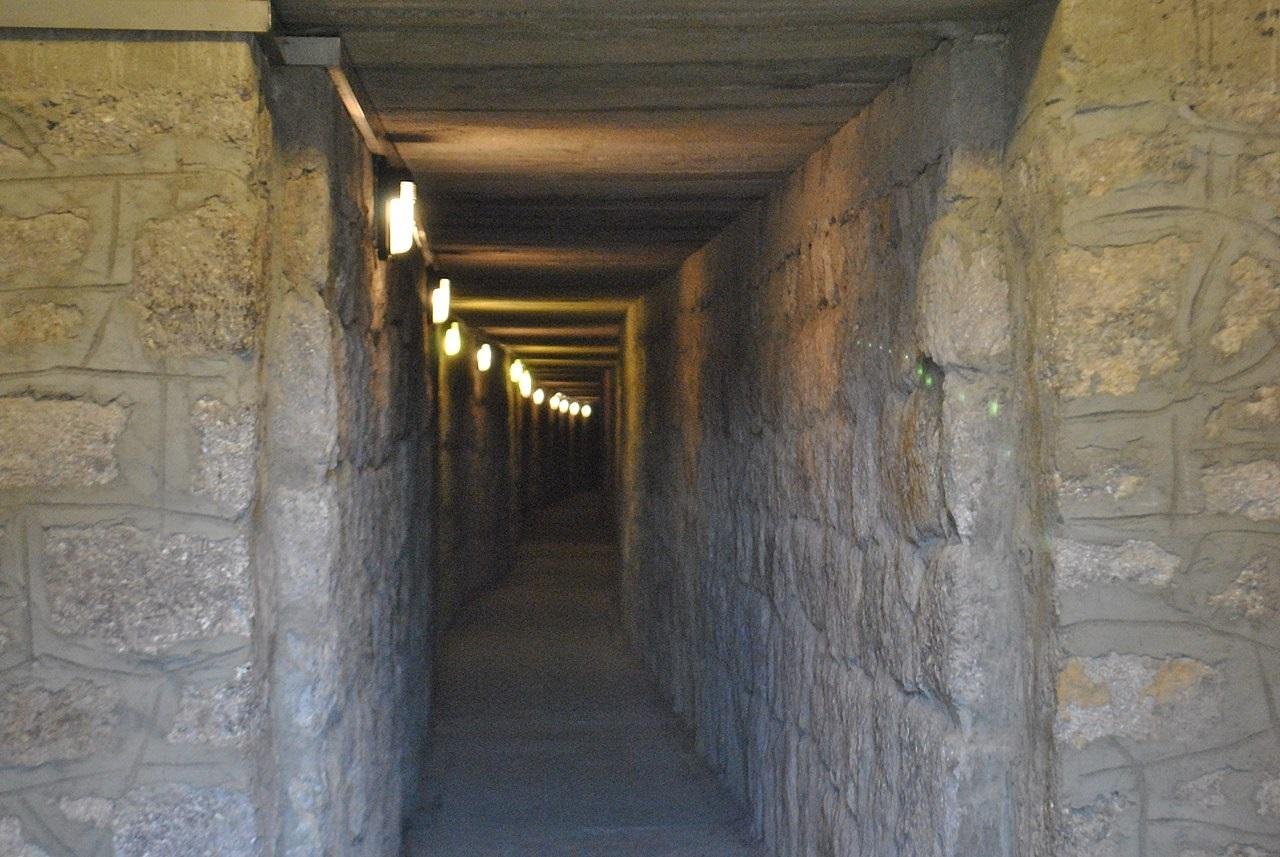 Inside the “Tomb of Midas” in Gordion. Credit: Vikiçizer / CC BY-SA 3.0
Inside the “Tomb of Midas” in Gordion. Credit: Vikiçizer / CC BY-SA 3.0
Excavations at Gordion, the capital of the Phrygian kingdom, now a UNESCO World Heritage Site since 2023, revealed a 3.1 by 2.8 meter burial chamber under an 8-meter-high and 60-meter-diameter mound. Although the wooden structure of the chamber had collapsed over time, over 100 items were recovered from the site, including cauldrons, incense burners, and ceremonial vessels, of which 88 were bronze and iron. Forty-seven of those that underwent conservation work are already on display at the Gordion Museum.
One of the most sensational discoveries is a bronze jug wrapped in linen — a rare example of the textile preservation of a 2,700-year-old object! Professor Yücel Şenyurt of Turkey’s Ankara Hacı Bayram Veli University, the director of the excavation, noted: “This burial is considered the first known case of cremation among the Phrygians. This represents a deviation from the common inhumation practices evident in the funerary rituals of the period.”
The T26 tumulus is near the famous Midas Mound — said to be the burial site of King Midas’ father — and is very similar in many ways. “The kinds of vessels that surround the body are nearly identical to those in Midas’ Tumulus,” stated Professor Charles Brian Rose, head of the Gordion Excavation Project.
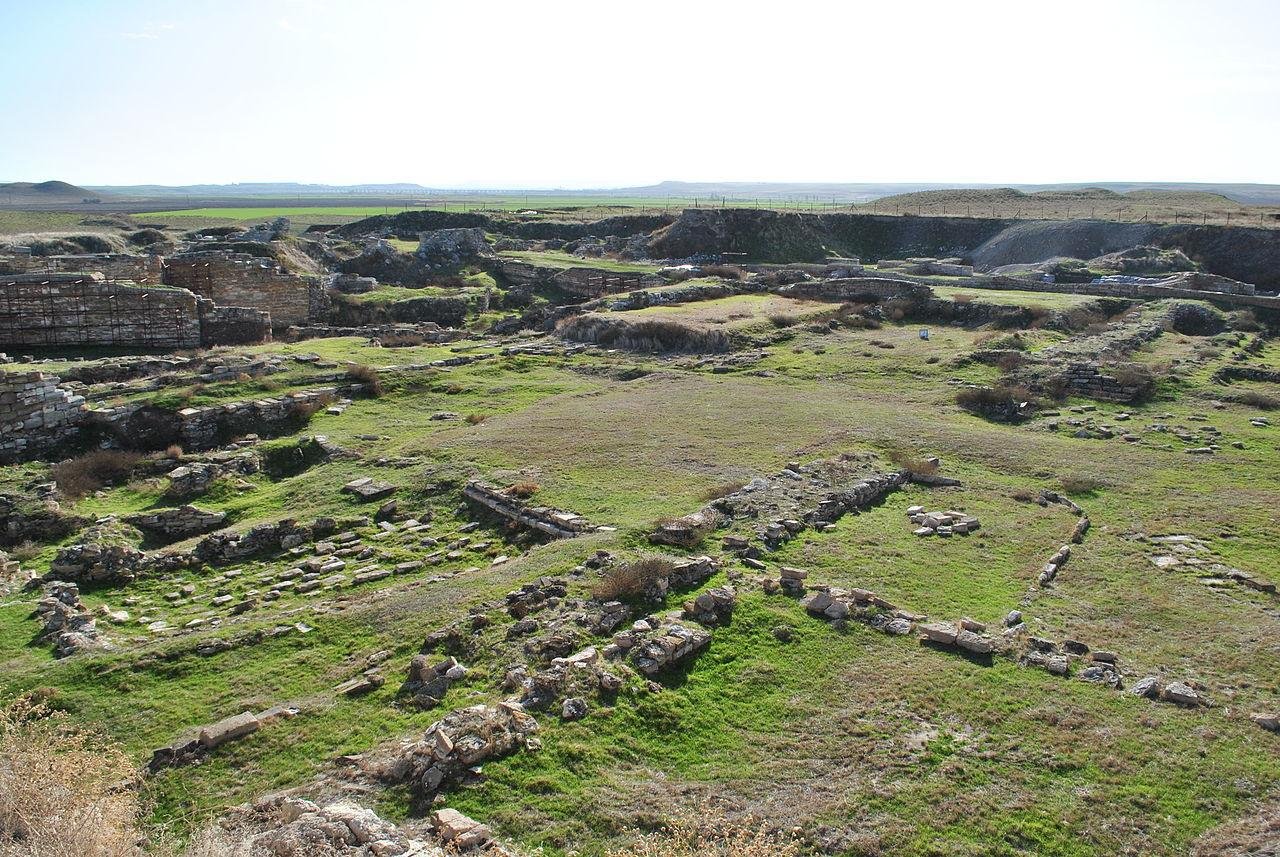 Gordion Archeological site during the spring. Credit: Vikiçizer / CC BY-SA 3.0
Gordion Archeological site during the spring. Credit: Vikiçizer / CC BY-SA 3.0
Turkey’s Culture and Tourism Minister Mehmet Nuri Ersoy announced the find at a press conference at the site, calling it part of Turkey’s “golden age of archaeology.” He described the efforts of the government to salvage heritage through the “Legacy to the Future” program, which has expanded excavations across the country and led to thousands of new archaeological finds in 2024 alone.
Conservation work is ongoing, and the burial chamber will be exhibited in the Gordion Museum by the end of 2025.
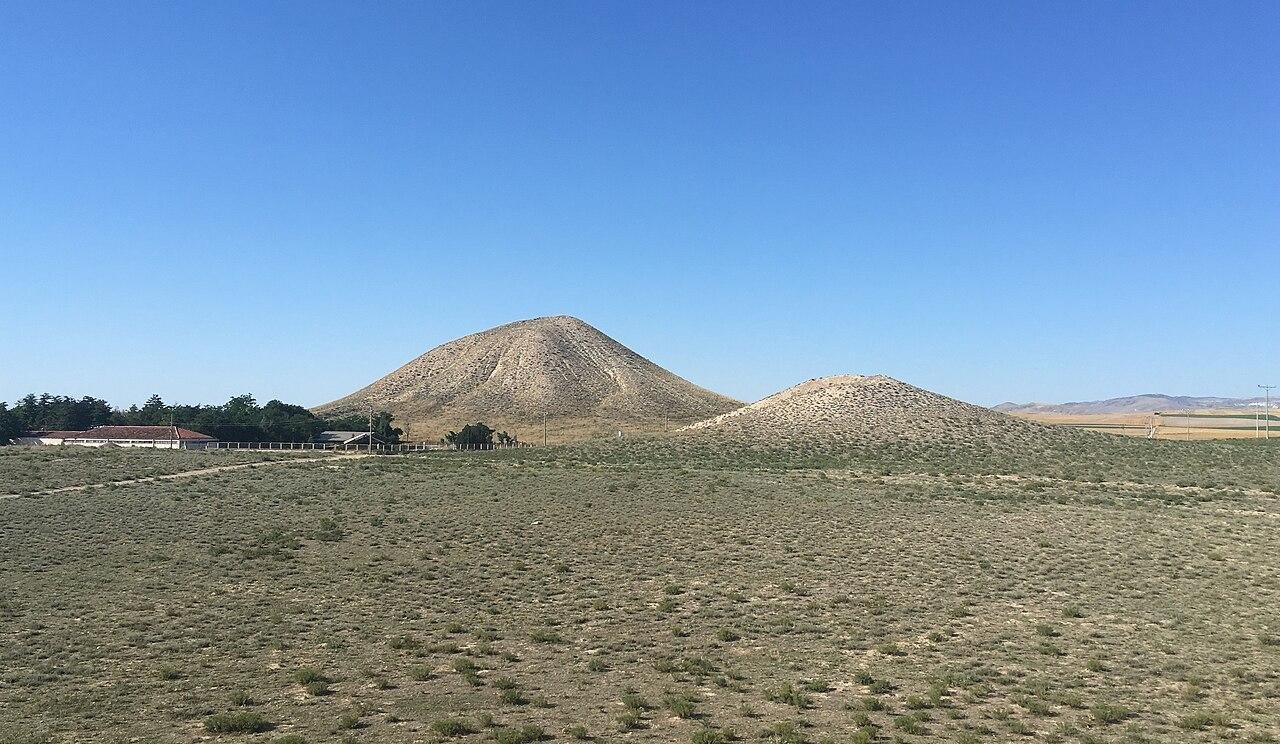 The 8th century BCE burial tumuli, Tumulus MM (left) and Tumulus P (right) at Gordion, Turkey. Credit: Archaeologist1950 / CC BY-SA 4.0
The 8th century BCE burial tumuli, Tumulus MM (left) and Tumulus P (right) at Gordion, Turkey. Credit: Archaeologist1950 / CC BY-SA 4.0
Gordion, famed for its ᴀssociation with the myth of the Gordian Knot and the “Midas Touch,” still holds many secrets about the ancient Phrygians. As excavations continue, archaeologists believe Gordion will continue to reveal important discoveries.


